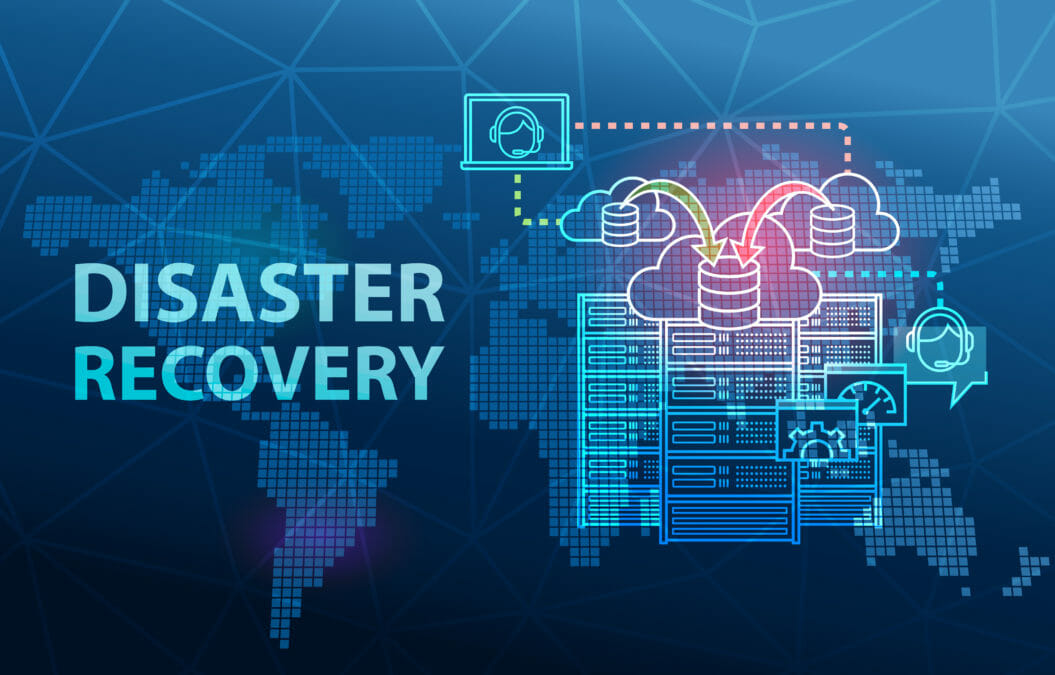Introduction
In today’s digital age, disaster preparedness has taken on a new dimension with the advent of cloud-based technologies. Cloud-based disaster response and recovery systems offer organizations scalable, flexible, and cost-effective solutions to mitigate the impact of natural, technological, and human-made disasters. This comprehensive guide explores the intricacies of cloud-based disaster management, its components, advantages, challenges, and future trends.
Understanding Disaster Response and Recovery
Disasters, whether natural calamities like earthquakes and hurricanes or human-made incidents such as cyberattacks and industrial accidents, can have devastating effects on communities and businesses. Traditional disaster management comprises four phases: mitigation, preparedness, response, and recovery. However, traditional systems often face challenges such as limited scalability, lack of real-time data access, and high infrastructure costs.
Introduction to Cloud Computing in Disaster Management
Cloud computing offers a paradigm shift in disaster management by providing on-demand access to computing resources over the internet. It eliminates the need for organizations to maintain costly on-premises infrastructure and enables dynamic scaling based on demand. Cloud-based disaster response and recovery systems leverage this technology to enhance preparedness, response, and recovery efforts.
Components of Cloud-based Disaster Response and Recovery Systems
- Cloud-based Data Storage and Backup Solutions: Organizations can store critical data and applications in the cloud, ensuring redundancy and accessibility during disasters.
- Disaster Recovery Planning and Implementation: Cloud-based disaster recovery plans enable organizations to replicate their infrastructure and data in geographically dispersed locations for rapid recovery.
- Real-time Monitoring and Alert Systems: Cloud platforms offer real-time monitoring capabilities, allowing organizations to detect anomalies and trigger automated responses.
- Collaborative Tools and Communication Platforms: Cloud-based collaboration tools facilitate communication and coordination among response teams, enabling faster decision-making.
- Integration with IoT Devices and Sensors: Cloud platforms can integrate with IoT devices and sensors to gather real-time data on environmental conditions and infrastructure status.
Advantages of Cloud-based Systems in Disaster Management
Cloud-based disaster response and recovery systems offer several advantages over traditional approaches:
- Scalability and Flexibility: Cloud platforms allow organizations to scale resources up or down based on demand, ensuring adequate capacity during disasters.
- Geographic Redundancy and Data Replication: Cloud providers replicate data across multiple data centers, ensuring data availability even if one location is affected.
- Cost-effectiveness: Cloud-based solutions eliminate the need for upfront infrastructure investments and reduce operational costs associated with maintaining on-premises systems.
- Accessibility and Remote Management: Cloud-based systems can be accessed from anywhere with an internet connection, allowing organizations to manage disaster response efforts remotely.
Case Studies and Examples
Several organizations have successfully leveraged cloud-based disaster response and recovery systems to mitigate the impact of disasters:
- Hurricane Katrina: In the aftermath of Hurricane Katrina, organizations such as the American Red Cross utilized cloud-based platforms to coordinate relief efforts and provide real-time updates to affected communities.
- Cyberattacks: Organizations targeted by cyberattacks have used cloud-based backup and recovery solutions to restore operations quickly and minimize downtime.
- COVID-19 Pandemic: During the COVID-19 pandemic, cloud-based collaboration tools enabled remote work and ensured business continuity for organizations worldwide.
Challenges and Considerations
While cloud-based disaster response and recovery systems offer significant benefits, they also present certain challenges:
- Security and Privacy Concerns: Organizations must address security and privacy concerns associated with storing sensitive data in the cloud and ensure compliance with regulatory requirements.
- Connectivity Issues: In disaster-stricken areas with limited connectivity, accessing cloud-based resources may be challenging, requiring organizations to deploy alternative communication methods.
- Regulatory Compliance: Organizations must ensure that their cloud-based disaster management systems comply with relevant regulations and standards, such as GDPR and HIPAA.
Future Trends and Innovations
The future of cloud-based disaster management holds several exciting possibilities:
- Emerging Technologies: Emerging technologies such as edge computing and 5G networks are poised to enhance the capabilities of cloud-based disaster response and recovery systems.
- Predictive Analytics and Early Warning Systems: Advanced analytics and machine learning algorithms can analyze real-time data to predict and mitigate the impact of disasters before they occur.
- Integration with AI: Integration with AI-powered systems can automate decision-making processes during disaster response efforts, enabling faster and more effective responses.
Conclusion
Cloud-based disaster response and recovery systems represent a paradigm shift in disaster management, offering organizations scalable, flexible, and cost-effective solutions to mitigate the impact of disasters. By leveraging cloud technologies, organizations can enhance their preparedness, response, and recovery efforts, ensuring resilience in the face of adversity. As technology continues to evolve, the future of cloud-based disaster management holds exciting possibilities for innovation and improvement.
